is oxygen necessary at end of life
Routine activities including bathing feeding. Morphine aIf patient is short of breath.
Oxygen aIf patient is short of breath.
. Medicines or changes in the chemical balance of your brain can cause confusion or hallucinations. 2-4 liters per minute. It is influenced by such factors as the specific illness medications being taken and the persons overall health.
Ninety-six percent of the respondents facilities had a standard comfort care protocol for end-of-life patients that. Oxygen therapy is a treatment for patients who have a health condition which causes low levels of oxygen in the blood hypoxaemia. Perhaps your loved one can no longer talk sit walk eat or make sense of the world.
Some patients find oxygen masks feel more suffocating and claustrophobic than nasal prongs even though the mask might be providing the needed amount of oxygen. You can provide emotional support by listening and being present. In the awake hypoxic patient near the end of life encourage nasal prongs rather than a mask so there is less of a barrier between the patient and the family.
This helps to reduce symptoms such as breathlessness and can make day-to-day activities easier to manage. Appetite and digestive changes. Liative care coordinators the use of oxygen in end-of-life care was questioned by cited authors and growing evidence suggests that oxygen use may not always be indicated 3 and may be unbeneficial 4 and unnecessary 5 at the end of life.
As one nears the end of life metabolism and digestion gradually slow down. For some older adults at the end of life the body weakens while the mind stays clear. Value of oxygen therapy in end-of-life care challenged in new study.
It keeps the mucus thin so patients cough up secretions. Some people may be restless or seem to be in distress. In some cases these changes may occur over a period of weeks.
Prolonged unexplained weight loss. For others the process lasts just a few days or hours. If you become confused you may not recognise where you are or the people youre with.
There is evidence that for people who are hypoxemic supplemental oxygen improves quality of life exercise tolerance and even survival. Increased susceptibility to infections. Millions of patients with advanced disease in palliative care settings receive oxygen therapy to help them breathe more easily.
This paper looks at the available scientific literature relating to oxygen use at the end of life describes associated attitudes and beliefs and presents some brief examples of institutional practices. Studies have found that patients caregivers and healthcare providers perceive oxygen as life-sustaining 567. Others remain physically strong while cognitive function declines.
Forty-three percent of respondents believed that oxygen use at the very end of life affects the timeline of natural. Breathing in air with added oxygen increases the level of oxygen in the blood. Practical care and assistance.
Near the end of life people often have episodes of confusion or waking dreams. Forty-three percent of respondents believed that oxygen use at the very end of life affects the timeline of natural death by prolonging the dying process. BIf patient cIf patient Hospice General Order Set.
A hallucination is when you see or hear things that are not there. Communication about end-of-life care and decision-making during the final months of a persons life are very important. Wearing supplemental oxygen keeps these organs and many others healthy.
Morphine aIf patient is short of breath. It could be caused by decreased oxygen to the brain decreased blood flow or mental preparation for dying. Morphine 20 mgmL oral concentrate.
A person nearing the end of life may be distressed or experience conflicting emotions. Myoclonus is not painful but the abrupt onset of these uncontrollable muscle spasms can be distressing. The aim is to stimulate thoughtful.
Duke Health News 919-660-1306. They may get confused about. Sudden involuntary muscle movements called myoclonic jerks and the loss of reflexes in the legs and arms are additional signs that death is near.
Your physical presence sitting quietly or holding hands can be soothing and reassuring. You may feel relief from shortness of breath fatigue dizziness and depression. In addition some profession-als have postulated that oxygen use at the very end of life may prolong the.
Death can come suddenly or a person may linger in a near-death state for days weeks or even months. The patients chest concaves and there is increased work of breathing. But a new study from Duke University Medical Center says roughly half of them dont benefit from the intervention and among those who do benefit it doesnt make a bit of.
The potential influence of oxygen use on survival in patients with terminal cancer and low oxygen saturation may have important implications for end-of-life decision-making. In this case oxygen might be warranted but Miller recommended high flow oxygen with a humidification system much like mechanical ventilation which adds warm comfortable humidity. However it is important to initiate a dialogue about various topics surrounding death and dying.
Medication may be given to minimize jerking or twitching at the end of life and improve sleep. Each experience is different at the end of life. Providing support for practical tasks.
Fewer calories are needed so loss of appetite and decreased. As your loved one enters late-stage or end-of-life care their needs can change impacting the demands youll now face as their caregiver. First its important to note that each persons end-of-life experience is unique.
Supplemental oxygen can also help relieve your symptoms. This can include the following areas. This paper looks at the available scientific literature relating to oxygen use at the end of life.
Twenty-five surveys were returned for a response rate of 595. Millions of patients with advanced disease in palliative care settings receive oxygen therapy to help them breathe more easily. Swelling of the abdomen such as edema or ascites.
You can also arrange visits with people the dying person wants to see for saying goodbyes or. First its important to note that each persons end-of-life experience is unique. Common symptoms in this period also include physical changes such as.
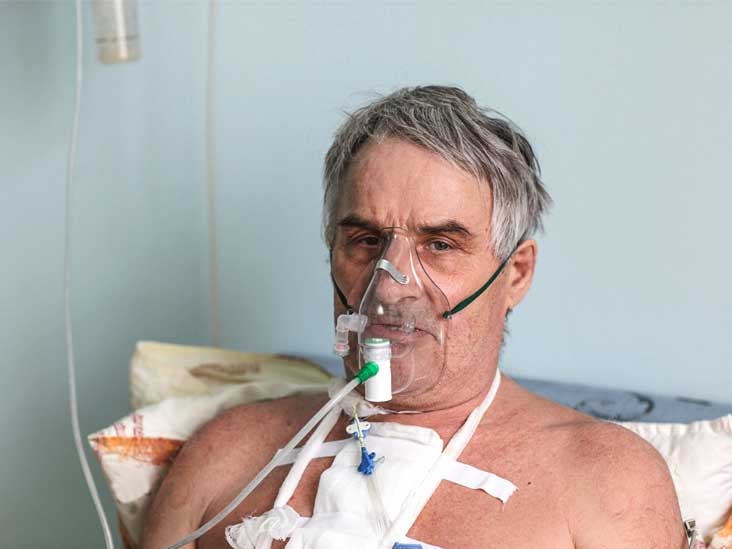
Seriously Ill Too Much Oxygen Dangerous

Your Oxygen Equipment Patient Education Ucsf Health

Every Breath You Take The Process Of Breathing Explained Nursing Times

Sdg 14 Life Below Water Statistics Explained

End Of Life Signs The Final Days And Hours

Oxygen Saturation Respiratory Rate Predict Covid 19 Mortality
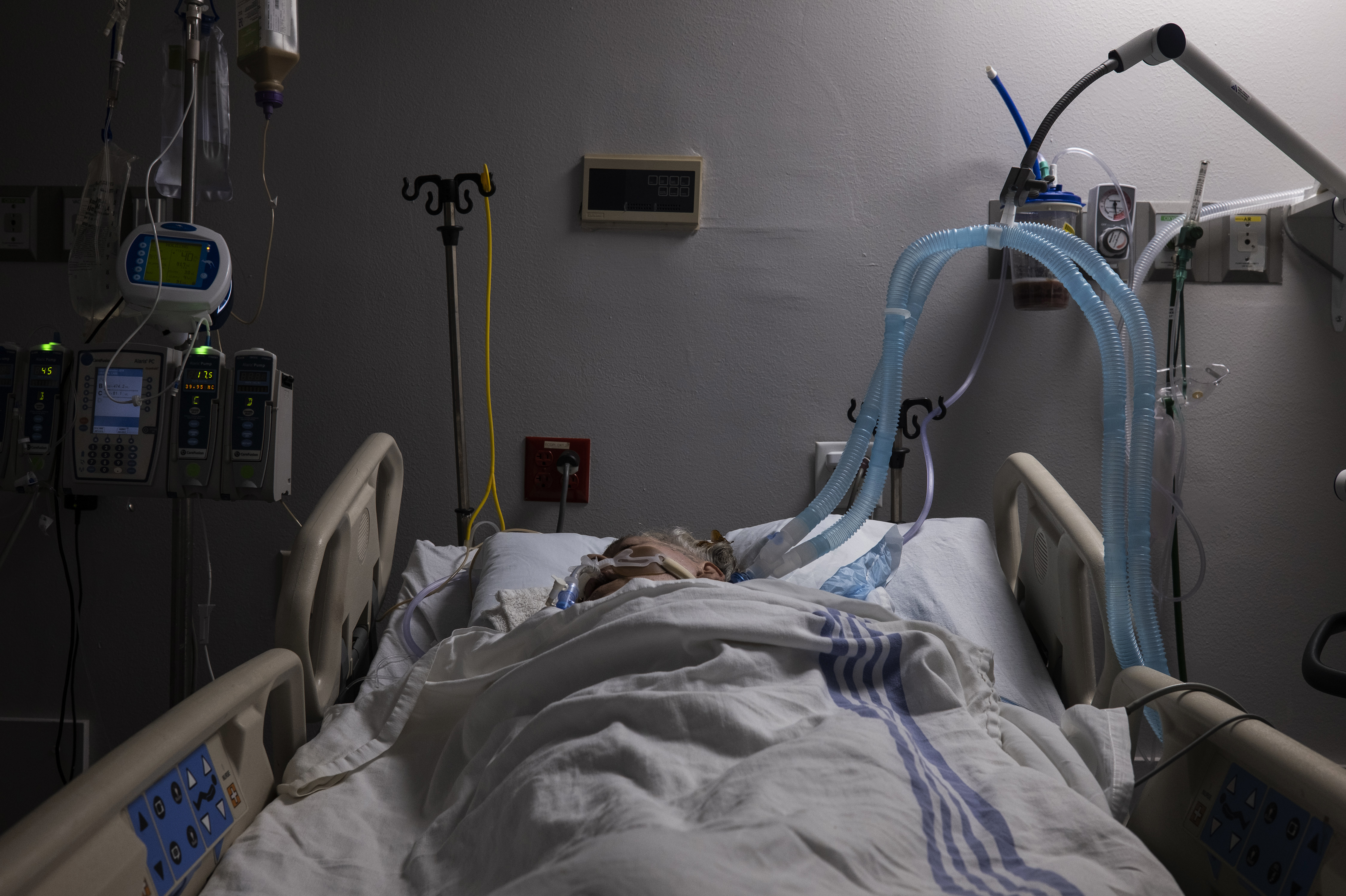
They Survived The Ventilator But Why Does Their Covid 19 Coma Persist Shots Health News Npr

Alterations To Cavefish Red Blood Cells Provide Evidence Of Adaptation To Reduced Subterranean Oxygen Scientific Reports

Ocean Deoxygenation A Primer Sciencedirect
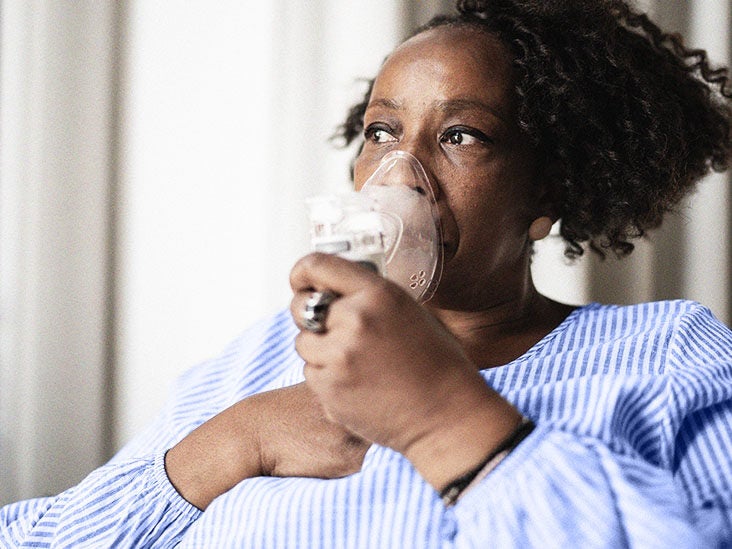
Oxygen Therapy For Asthma What To Know
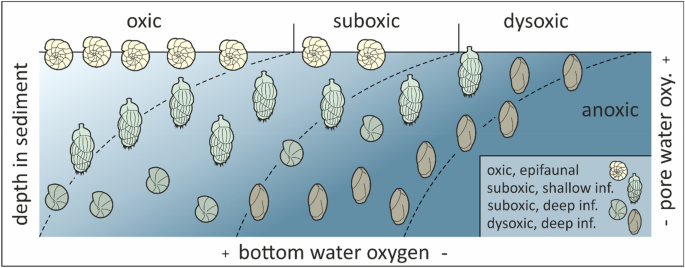
Calculating Dissolved Marine Oxygen Values Based On An Enhanced Benthic Foraminifera Oxygen Index Scientific Reports

Biological Roles Of Water Why Is Water Necessary For Life Science In The News
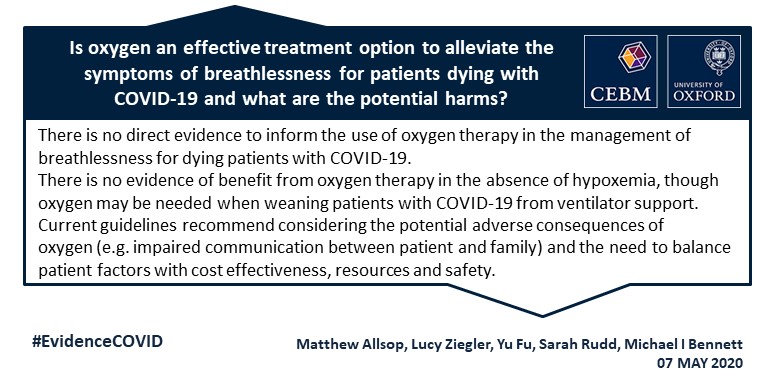
Is Oxygen An Effective Treatment Option To Alleviate The Symptoms Of Breathlessness For Patients Dying With Covid 19 And What Are The Potential Harms The Centre For Evidence Based Medicine





